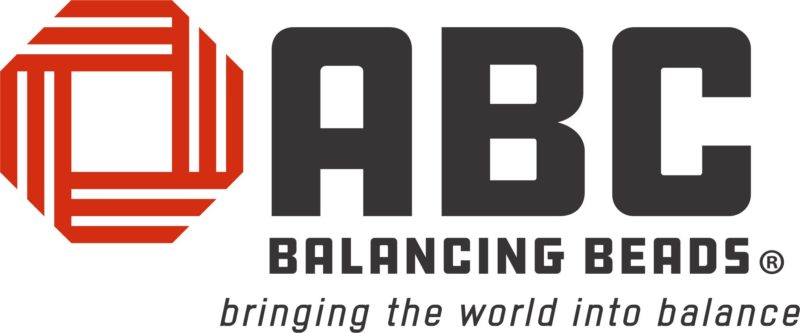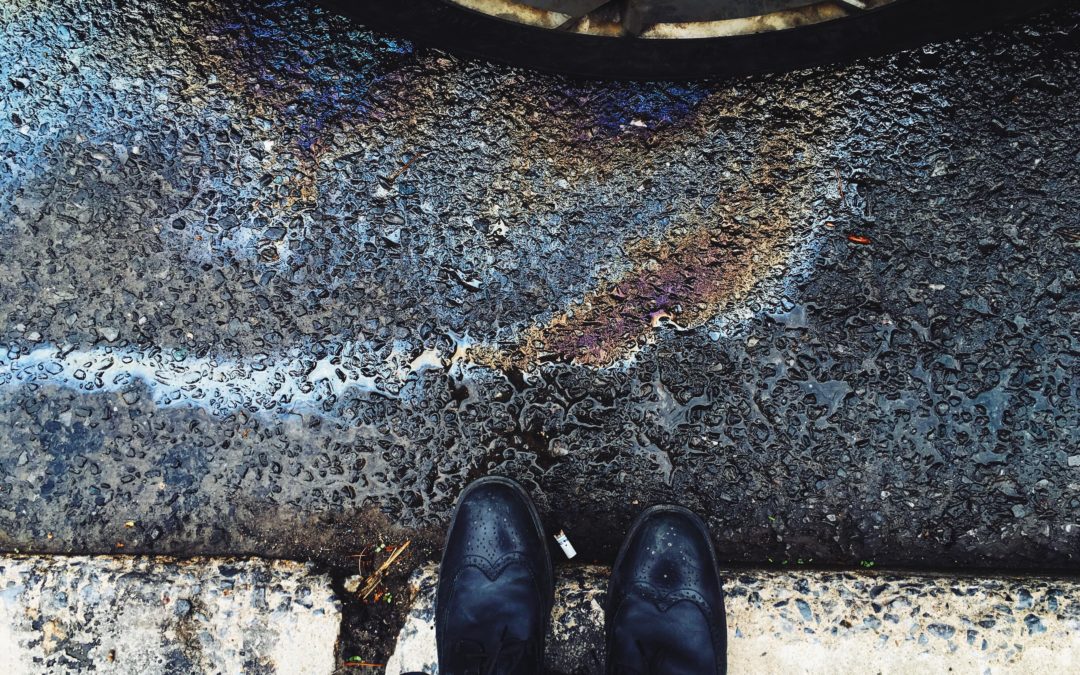If you work with oil in any capacity, you must be prepared for incidents such as oil leaks and spills. You need to know how to clean it up properly before it becomes a bigger problem.
Oil spills may constitute a major environmental disaster.
Not only does the oil seep into the soil and water, but it also causes harm to wildlife. In this post, we will discuss the proper way to clean an oil spill, what not to do when you encounter an oil spill, and the steps to properly clean it up with environmental absorbents.
What To Avoid Doing When Encountering an Oil Spill
It’s very important to know what to do when encountering an oil spill. Still, it’s just as important, if not more important, to know what NOT to do, to avoid making matters worse.
- Do not use water to clean up the spill: Water will only spread the oil and make it harder to clean up.
- Do not ignite any flames near the spill: This can cause a fire to break out and quickly spread out.
- Do not let the oil seep into storm drains or waterways: Not only will this contaminate the water, but it will also be difficult to clean up.
How To Properly Clean Up an Oil Spill
Now that we’ve gone over what you should avoid when encountering an oil spill, let’s discuss how to clean it up properly. The steps below include information on detecting the spill:
- finding the source
- stopping the flow
- cleaning up the spill
Detecting an Oil Spill
The first step in properly cleaning up an oil spill is detecting it. This can be done in a few ways:
- Look for pools of oil on the ground or in water.
- Look for the sheen on the surface of the water. Sheen is caused by light reflecting the oil and will look like a rainbow effect on the water’s surface.
- Smell the air for any signs of petroleum odor.
Finding The Source of an Oil Spill
Once you’ve detected an oil spill, you need to find its source. This can be tricky, as the source may be hidden underground or underwater. However, some clues can help you:
- Look for oil stains on nearby rocks or plants.
- Look for a sheen that extends away from the spill.
Stopping The Flow of an Oil Spill
Once you’ve found the source of an oil spill, you need to stop its flow immediately to prevent further contamination. This can be done in a few ways:
- Shut off valves
- If the spill is in open water, use a dam or absorbent booms to contain it and slow its spread.
Cleaning Up an Oil Spill
It is important to avoid mixing the oil with water-based products. Using products such as a detergent is a big no-no when cleaning up an oil spill. Environmental absorbents are a great solution to clean up oil spills.
Environmental Absorbents are The Way To Go
ABC Balancing Beads offers an organic oil absorbent that has 25 percent more absorption than ordinary absorbents, and it’s biodegradable. It is microbe-enhanced to bioremediate certain pollutants and pick up a wide range of liquids.
Oil spills are serious environmental disasters that must be dealt with quickly to prevent further damage. Don’t hesitate to contact us to get your organic absorbent so you’ll be ready when there’s a spill.


Recent Comments